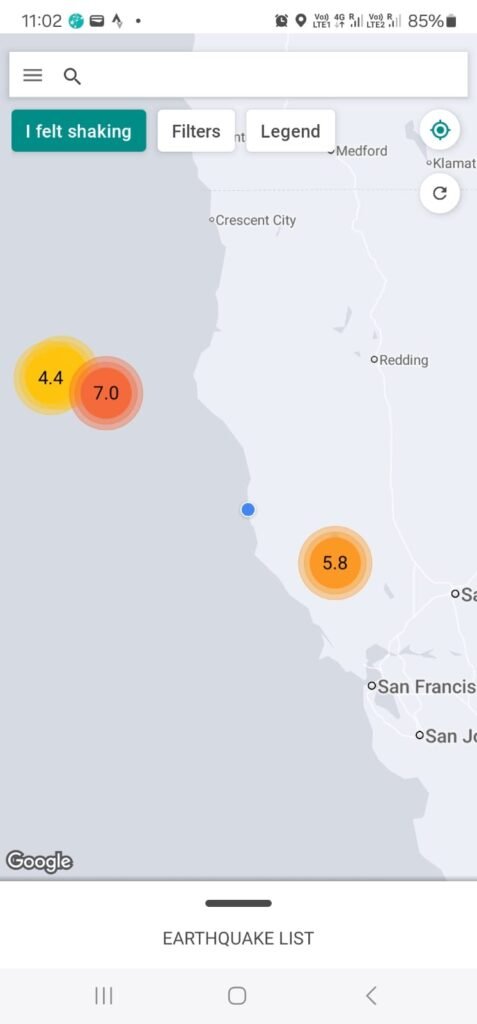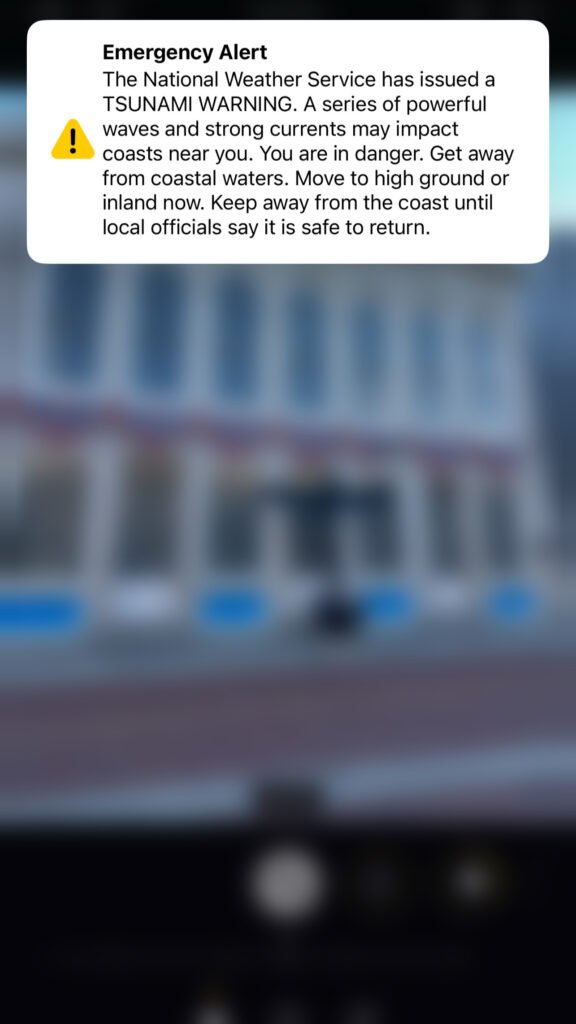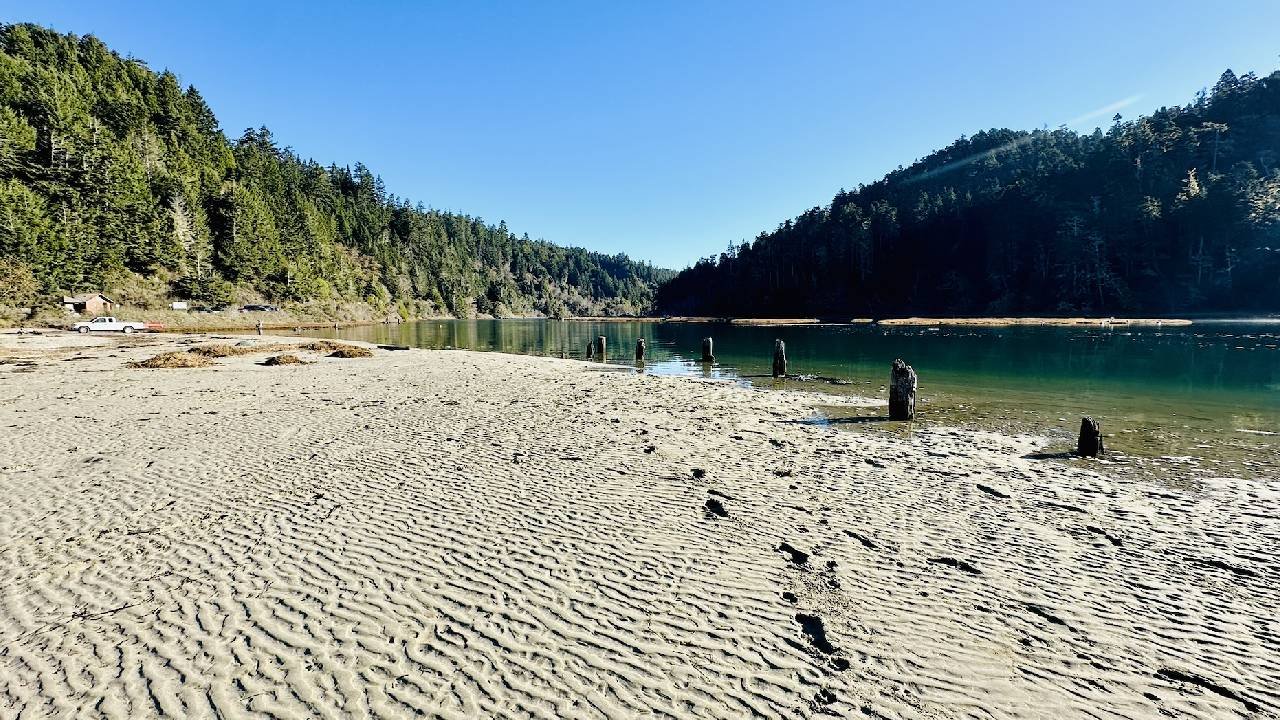The Indian Ocean Tsunami, which struck on December 26, 2004, was a catastrophe of staggering proportions, claiming more than 227,000 lives and displacing millions across 15 nations. For me, this tragic event marked not only a significant chapter in world history but also the very first day of my career as a magazine editor. The gravity of the situation was beyond imagination, and the challenge of covering such a monumental story was daunting yet pivotal in shaping my professional journey.
As I walked down Queen Street, the bustling main thoroughfare of Auckland, it was impossible to ignore the palpable grief on people’s faces. The conversations I had with individuals who had loved ones stranded on rooftops in Banda Aceh, Indonesia—the quake’s epicentre — were heart-wrenching. Almost 170,000 lives were lost in that region alone, and the personal stories of loss and survival were both devastating and inspiring.
In response to this overwhelming tragedy, I decided to take action through the magazine I was editing, New Idea. We committed to donating 20% of the magazine’s proceeds to Amnesty International, and I had the privilege of interviewing Lucy Lawless and another influential New Zealander for the front cover of my debut issue of New Zealand’s weekly magazine, better known for covering entertainment than serious news events. Typically elusive in media, Lucy Lawless opened up about her grief and urged for public support.

The global response was remarkable. Volunteers from around the world travelled to help with recovery operations, and generous donations showcased a huge amount of compassion. For my small part, I was able to help share Amnesty International’s message and issued a press release expressing our support for the NGO’s vital relief work, and I appeared on the national breakfast TV show and on radio to encourage further donations.
The disaster inflicted an estimated $10 billion in damage across the region within a mere 24 hours, prompting the Australian government to commit $1 billion over the next decade for relief efforts.
The events of that day and the subsequent efforts to support recovery showed our ability to come together in the face of adversity. It also demonstrated the critical importance of raising awareness about tsunami risks early and the need to build community awareness about tsunamis.
Australia’s Prime Minister Anthony Albanese poignantly reflected this week on the disaster response, stating, “Even amid that nightmare, people followed the instinct to help each other and comfort each other. We came together as people and nations to help our friends and neighbours across the region get back on their feet. That spirit is humanity’s greatest strength.”
After this tumultuous start to my career, I went on to cover many other disasters during my time as Editor in Chief of both New Idea in Australia and later The Australian Women’s Weekly. There was the 2006 Beaconsfield Gold Mine disaster in Tasmania and the 2009 Black Saturday Bushfires in Victoria to name a few. Each time, I’ve been moved by the strength of the human spirit.
Now as the editor and owner of The Carousel and Women Love Tech, I am fortunate to be able to use my voice to raise awareness about tsunami risks and the importance of fostering community preparedness. The threat of tsunamis continuing to cause further mass destruction was clear last week when a 7.3 magnitude earthquake in Vanuatu resulted in at least 16 deaths and hundreds of injuries.
Earlier this month, I also had a personal reminder of what it’s like to be in an earthquake, noting I was also living in Los Angeles thirty years ago when the 1994 earthquake took place. This time, I was visiting the coastal village in Northern California called Mendocino, with my husband. First, we felt the tremors of an earthquake, followed shortly by a tsunami warning (see above) to move to higher ground. Thanks to an app called My Shake, we were able to see how close we were to the epicentre.



December 26, 2004 will forever be etched in my memory as the beginning of my journey as a magazine editor; but more importantly, it demonstrated the strength, resilience and compassion inherent in humanity. I am also proud to have made the transition from a traditional magazine editor where I was editor in chief of The Australian Women’s Weekly and a group Publisher for Heart Australia to becoming a tech journalist, shining the light on women in STEM





